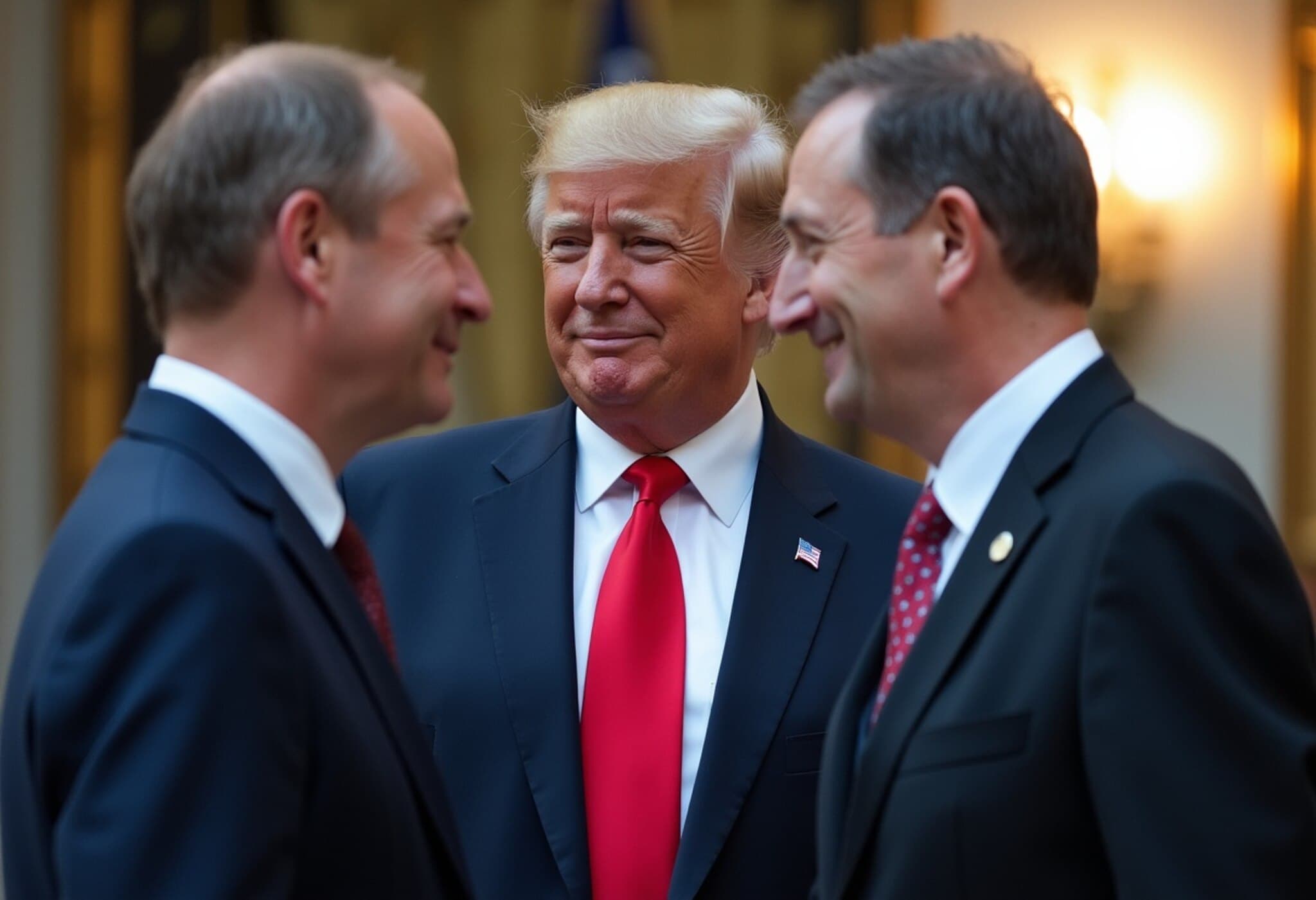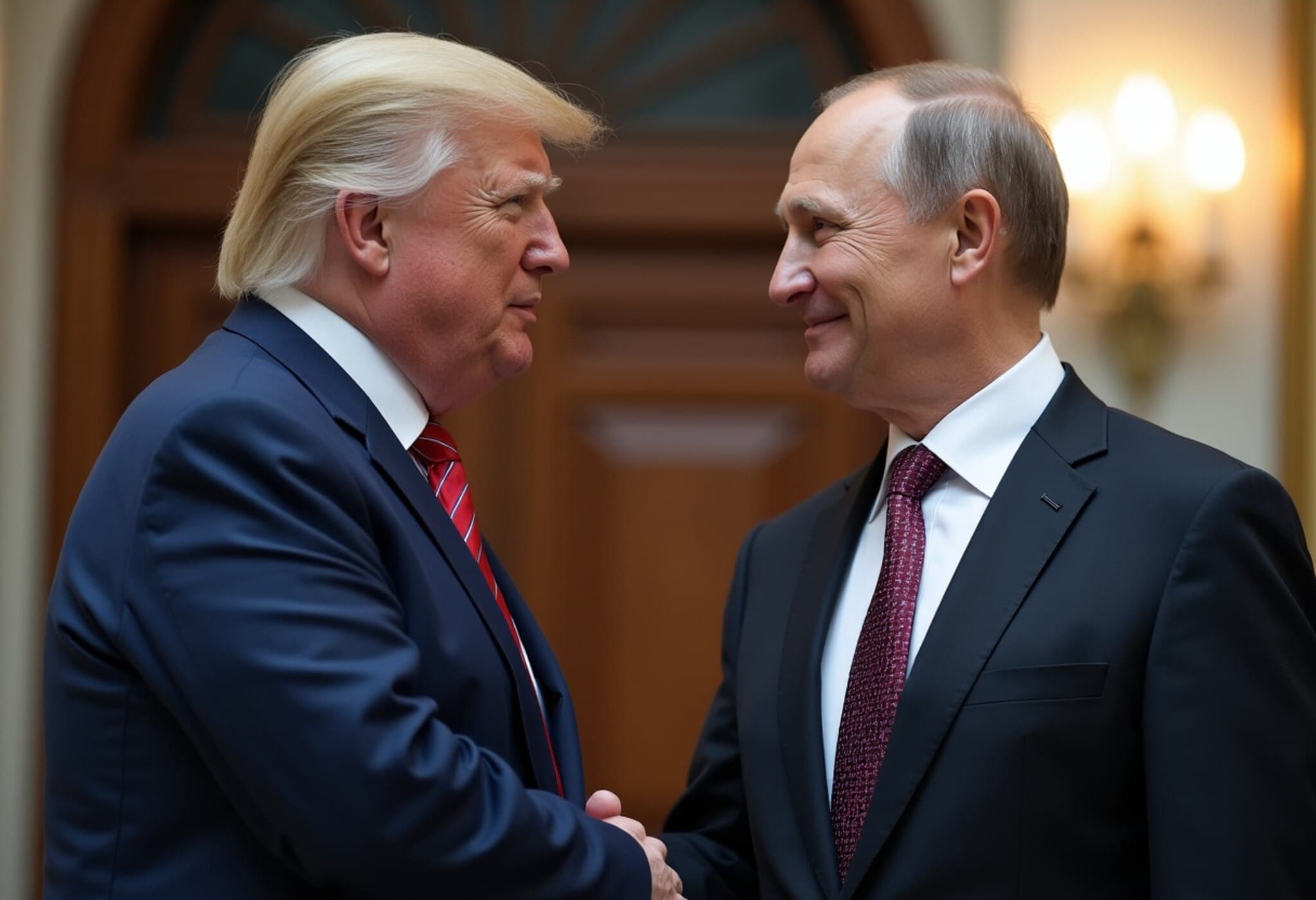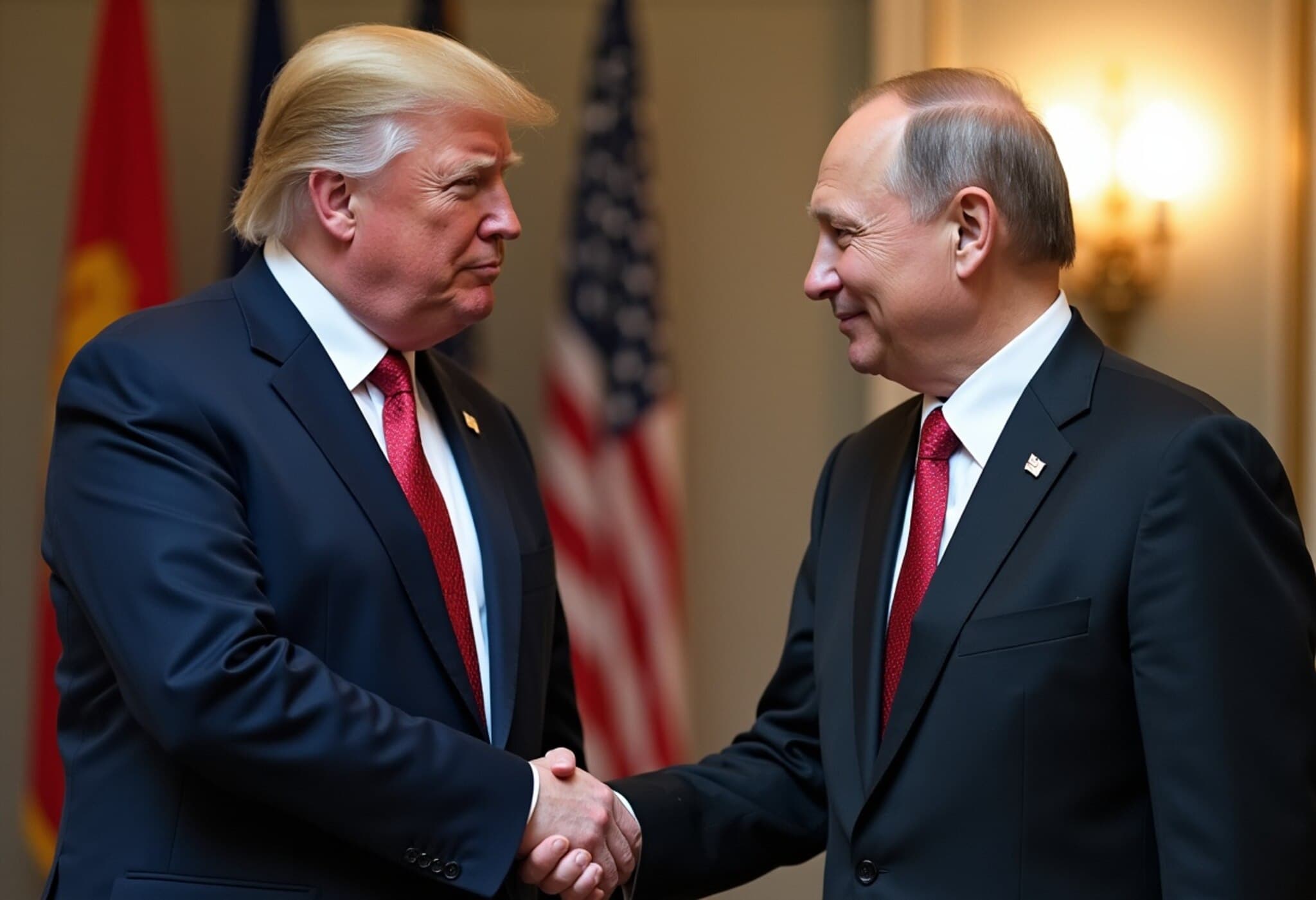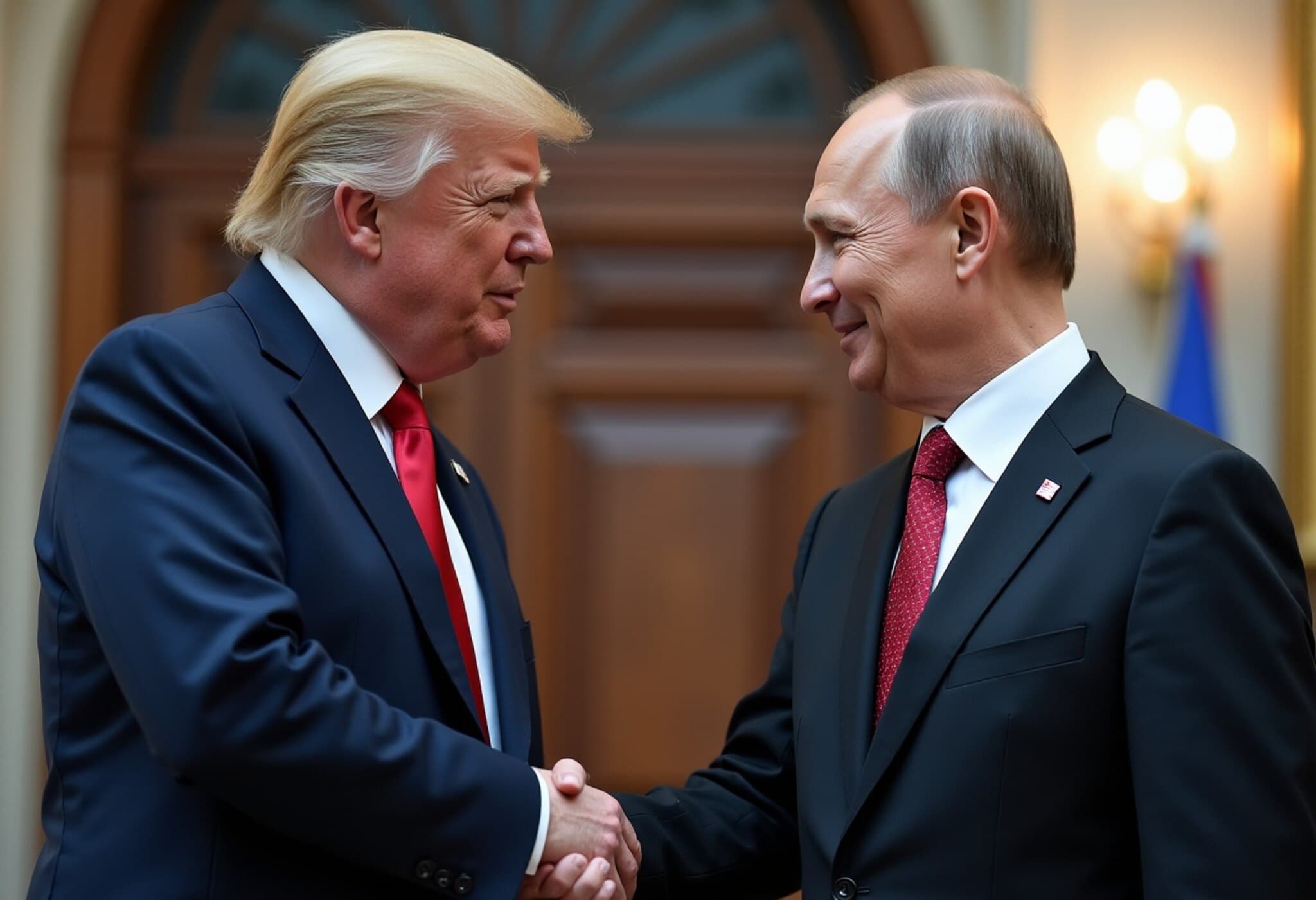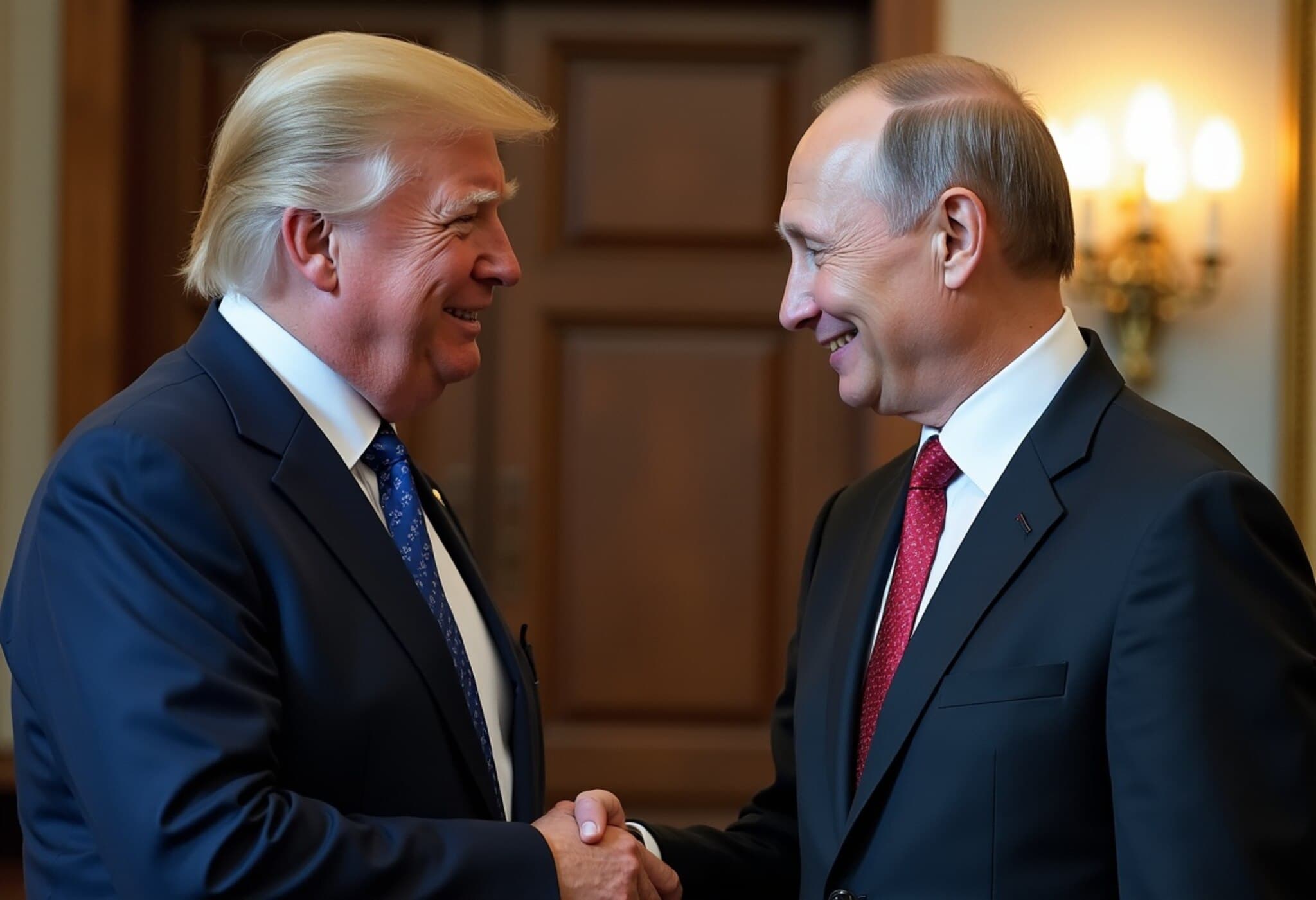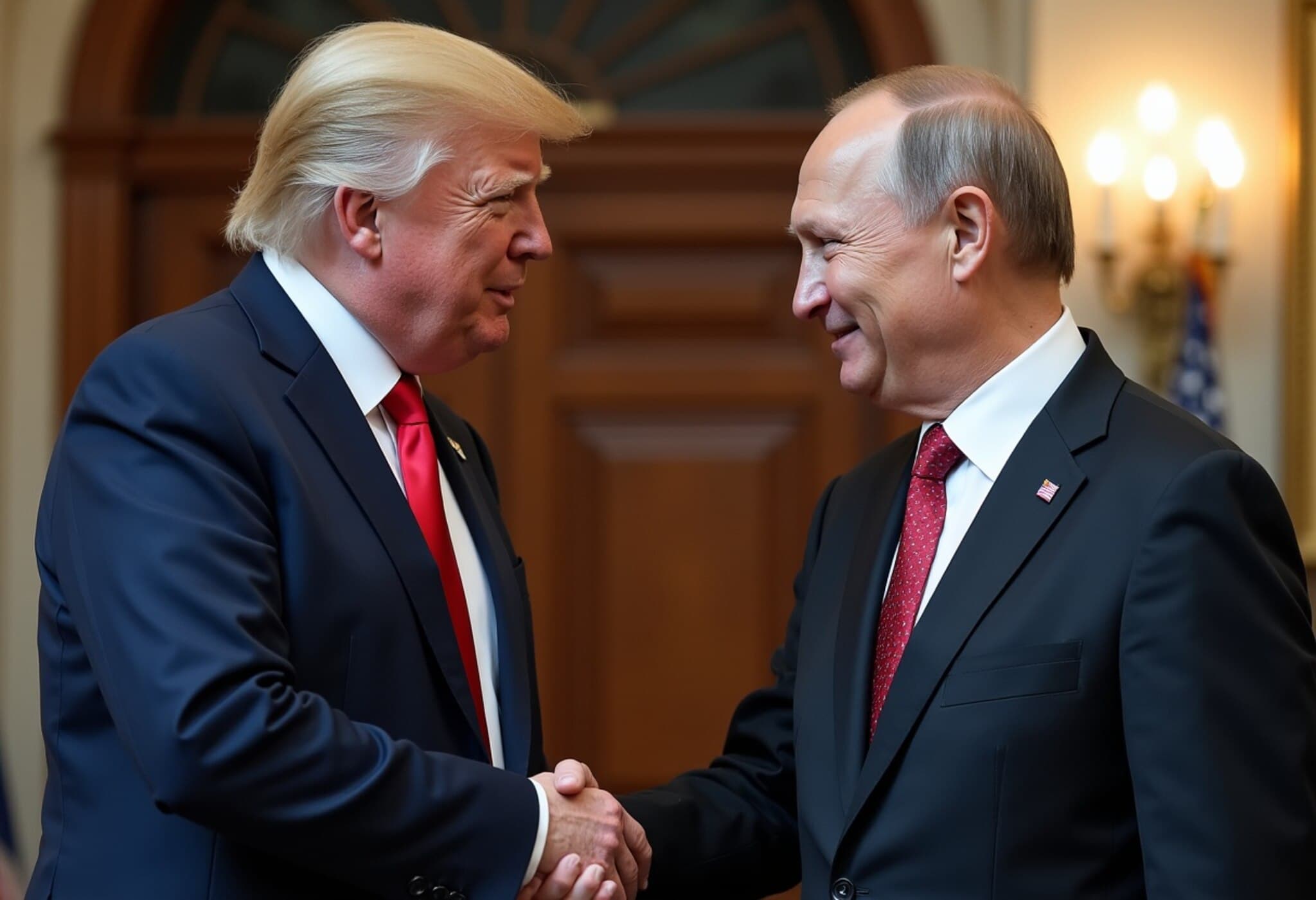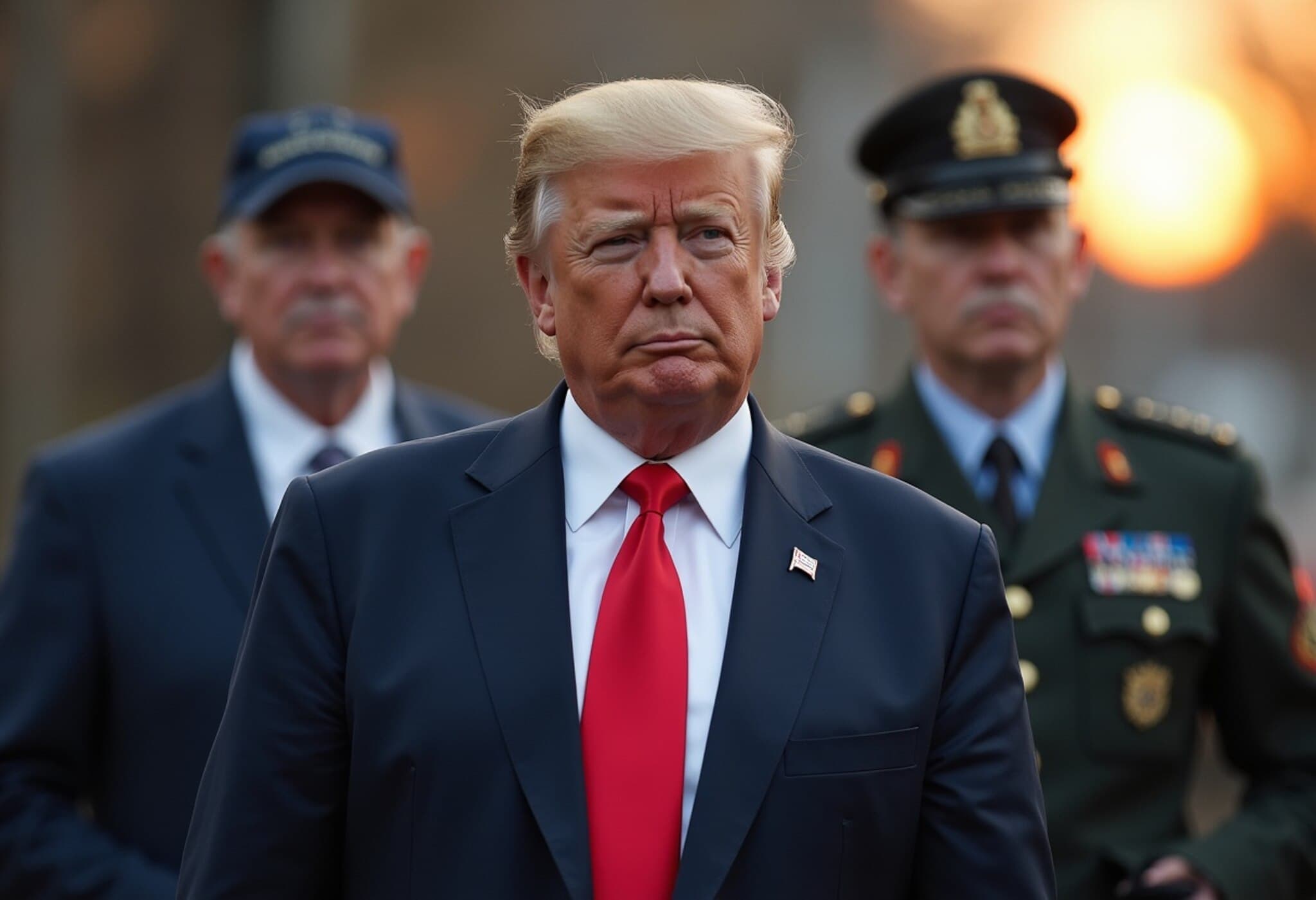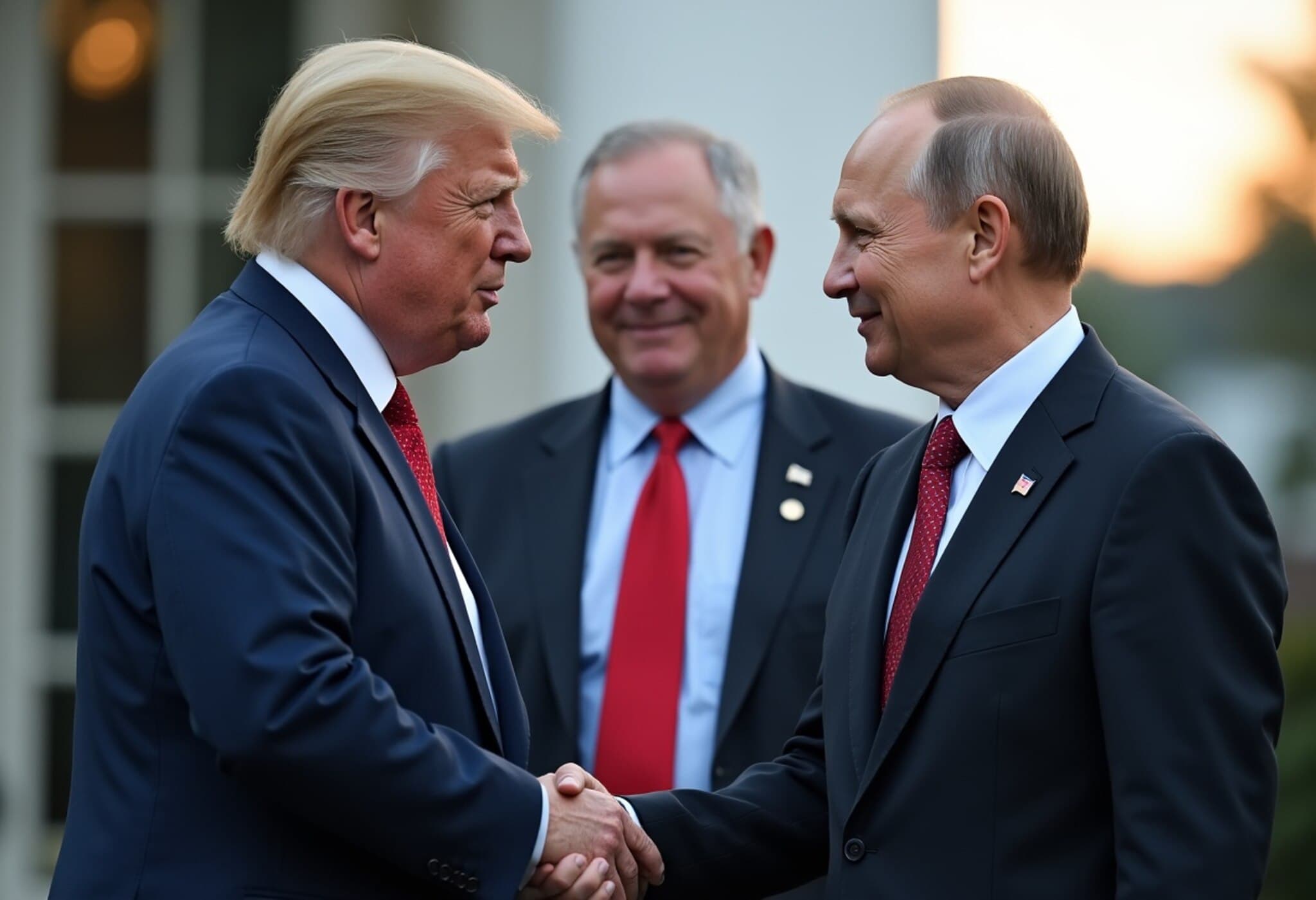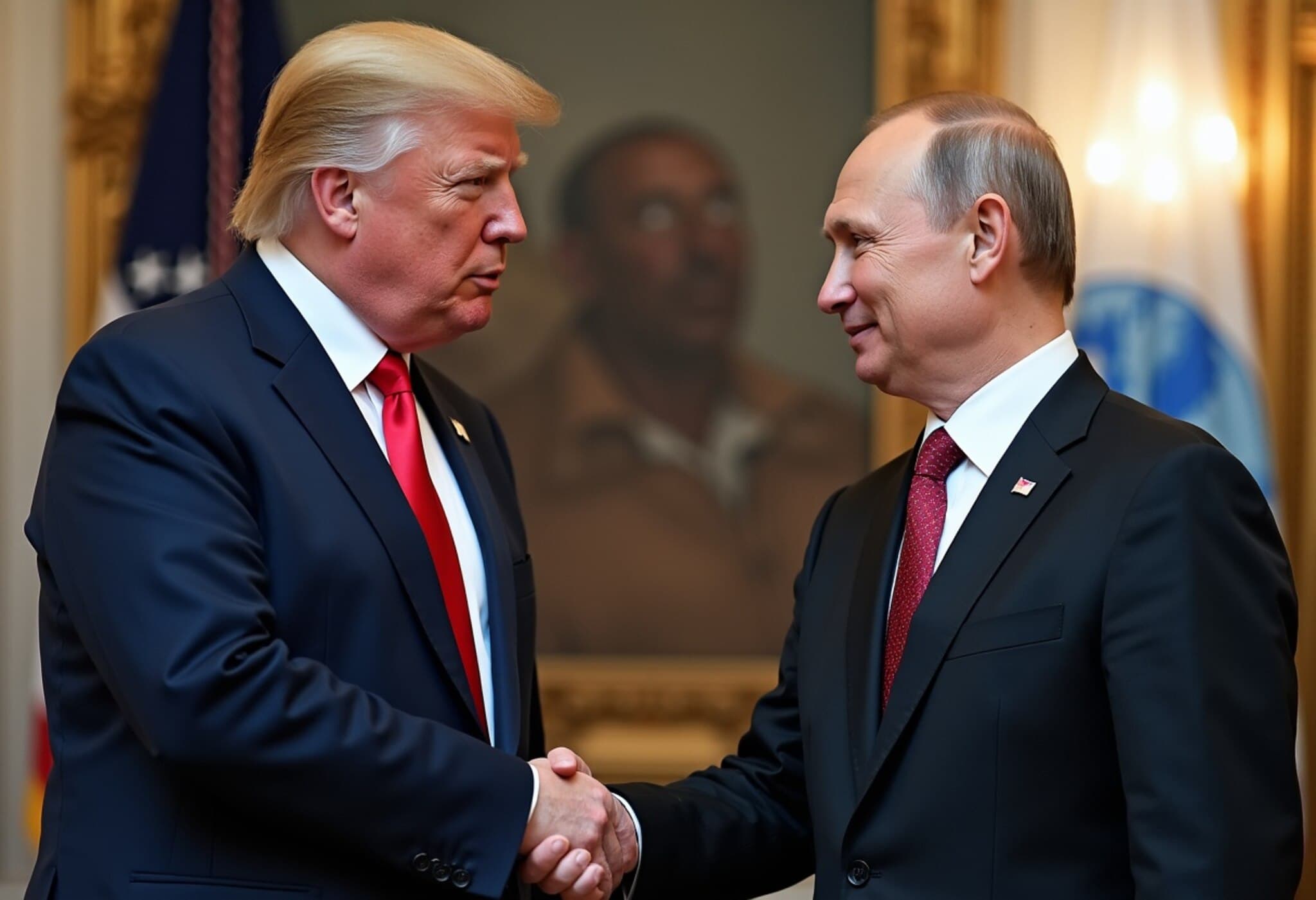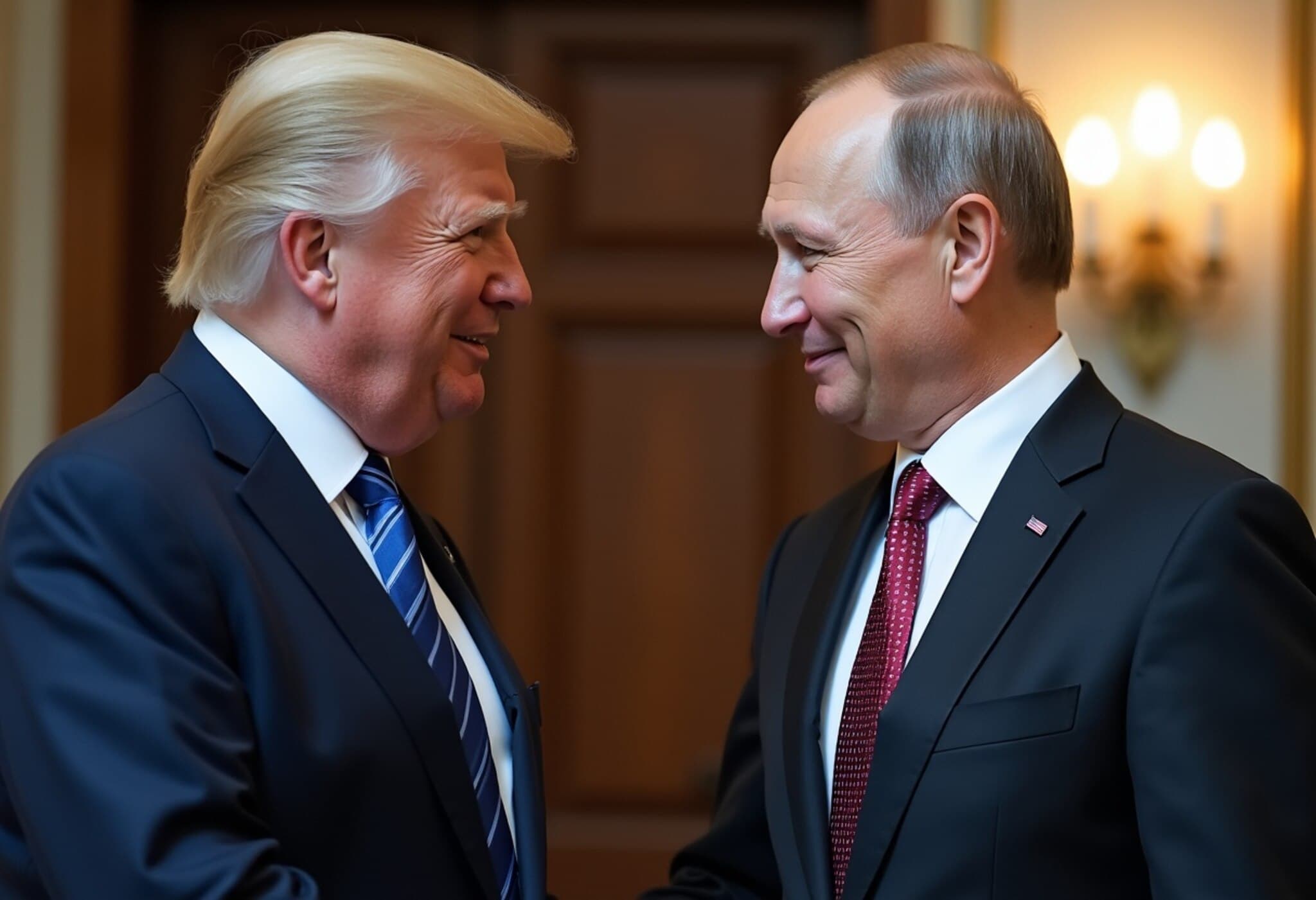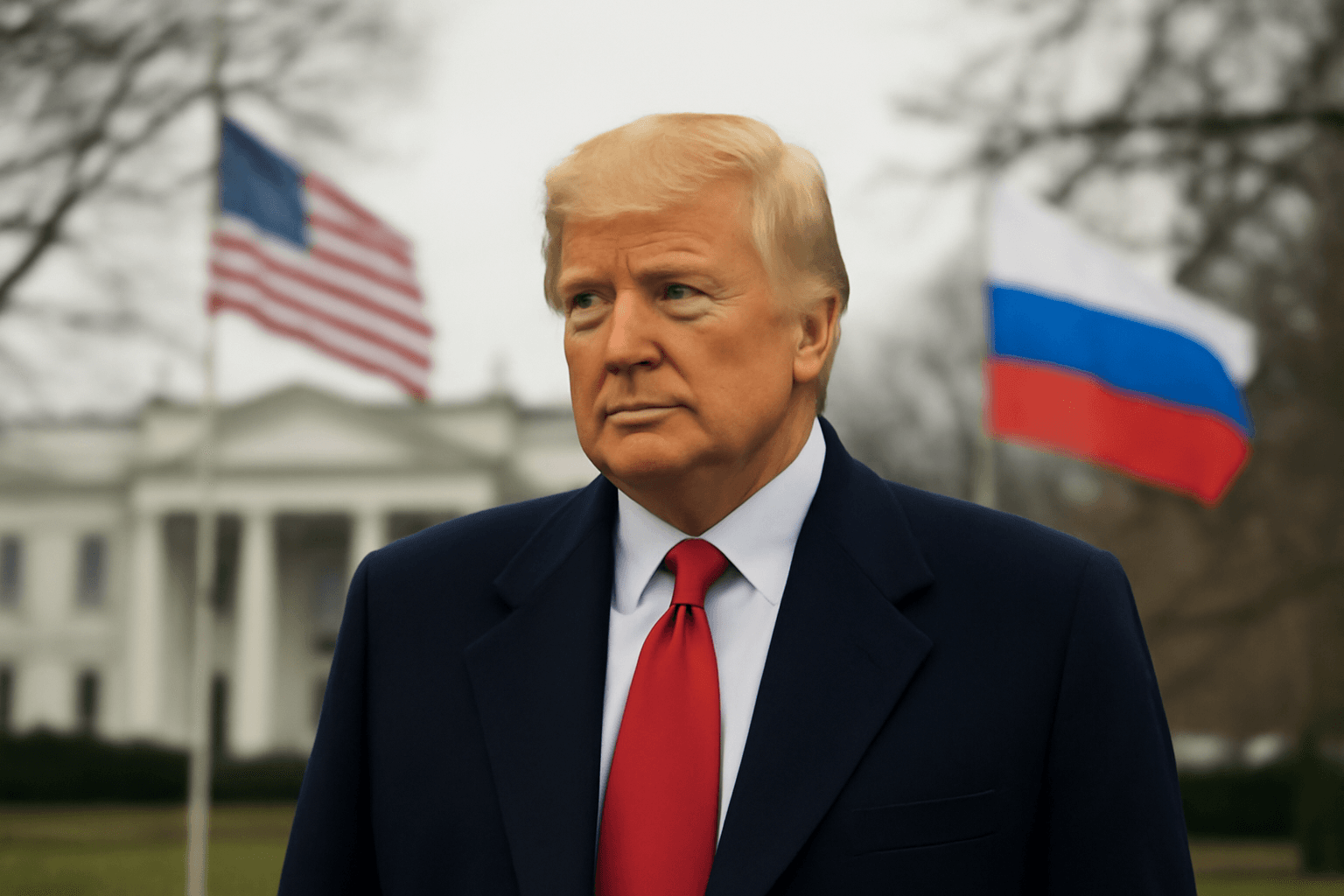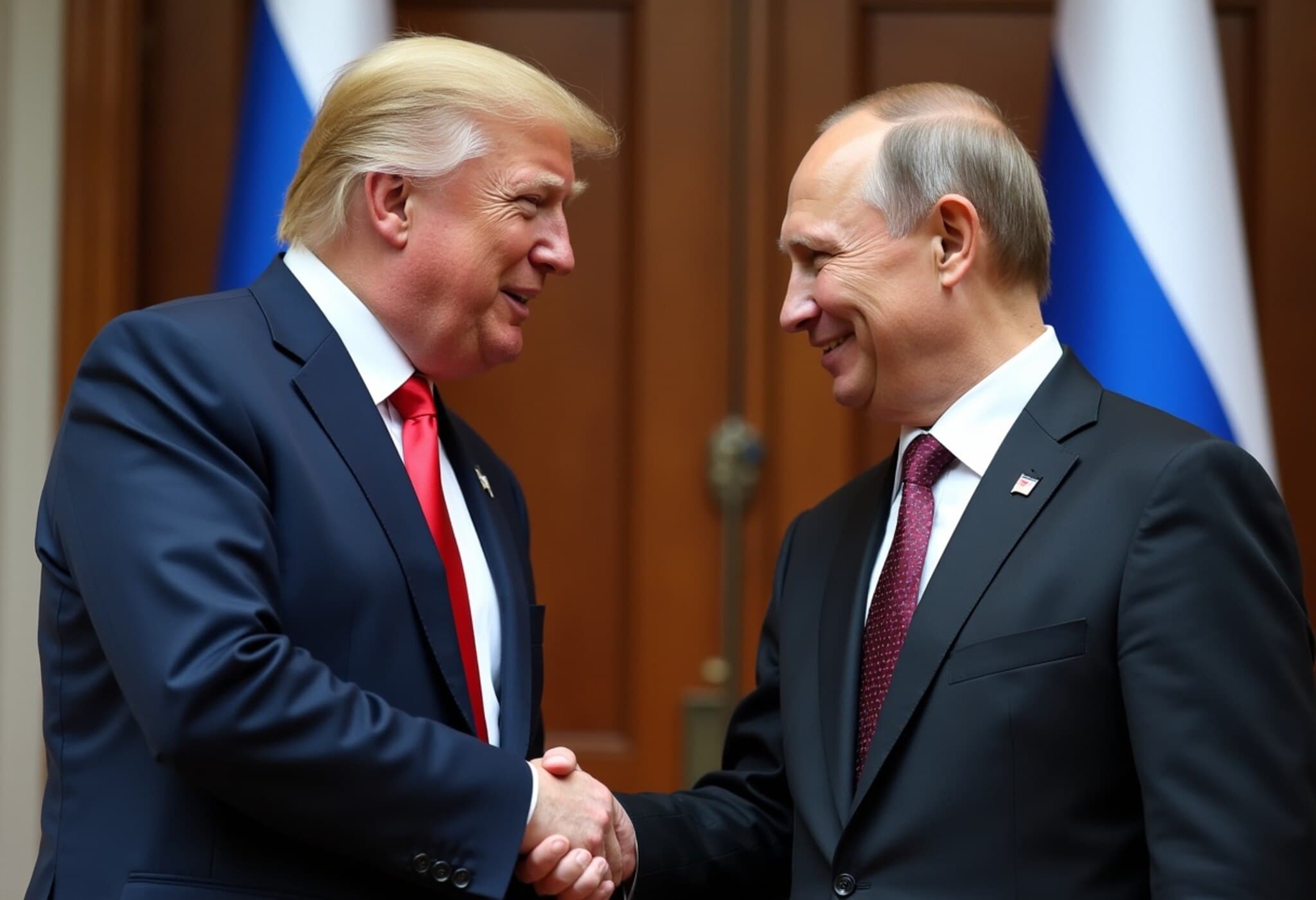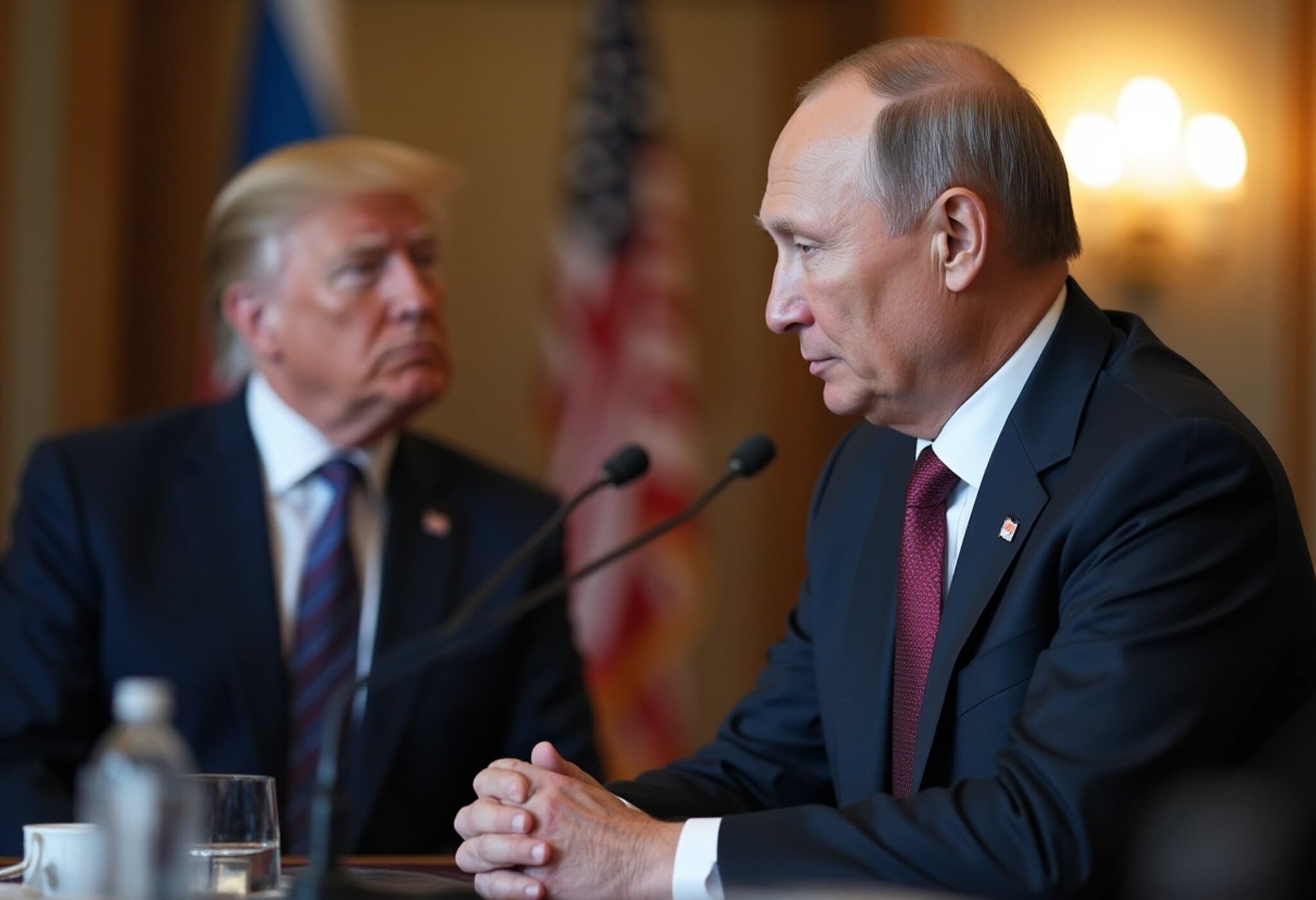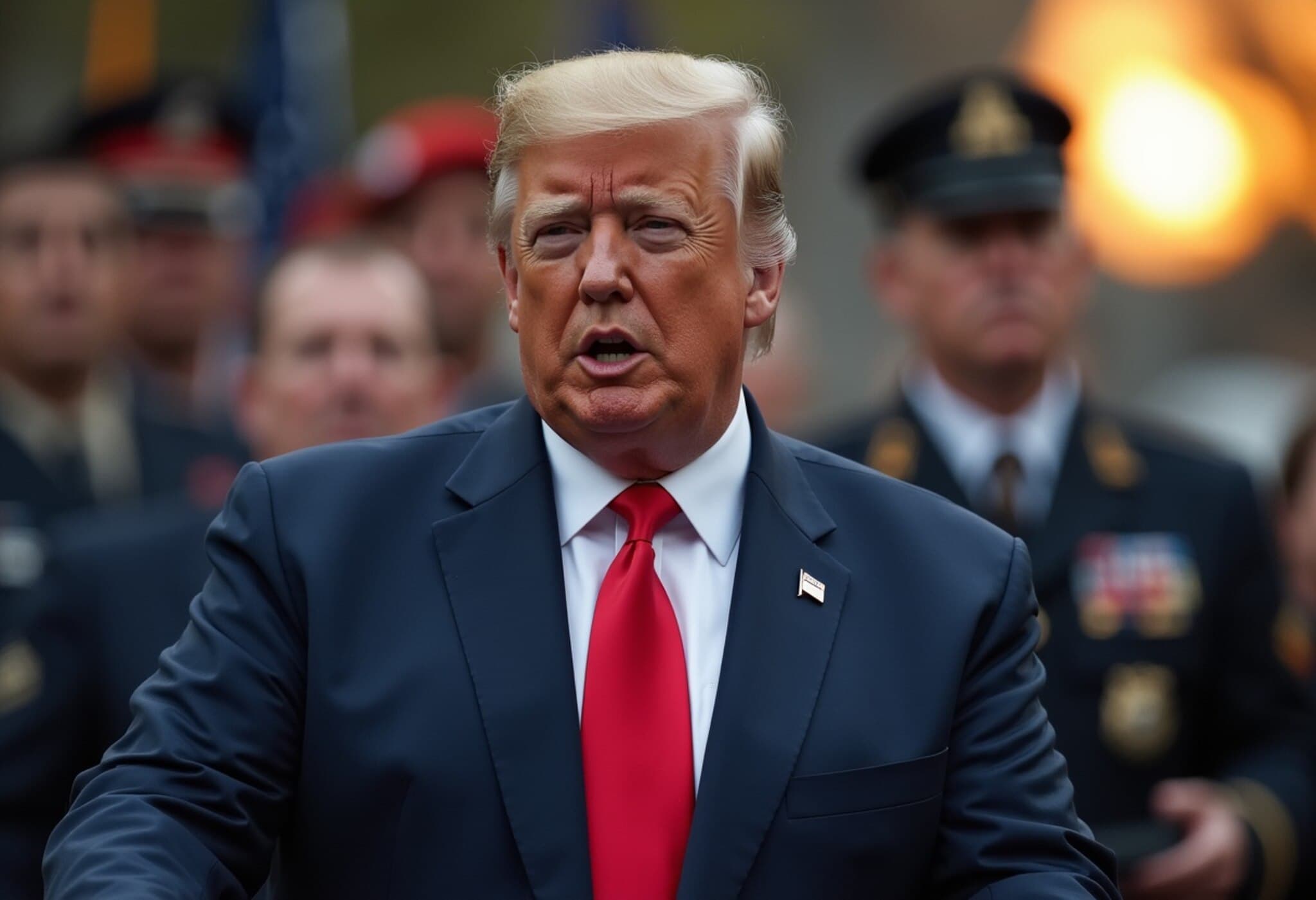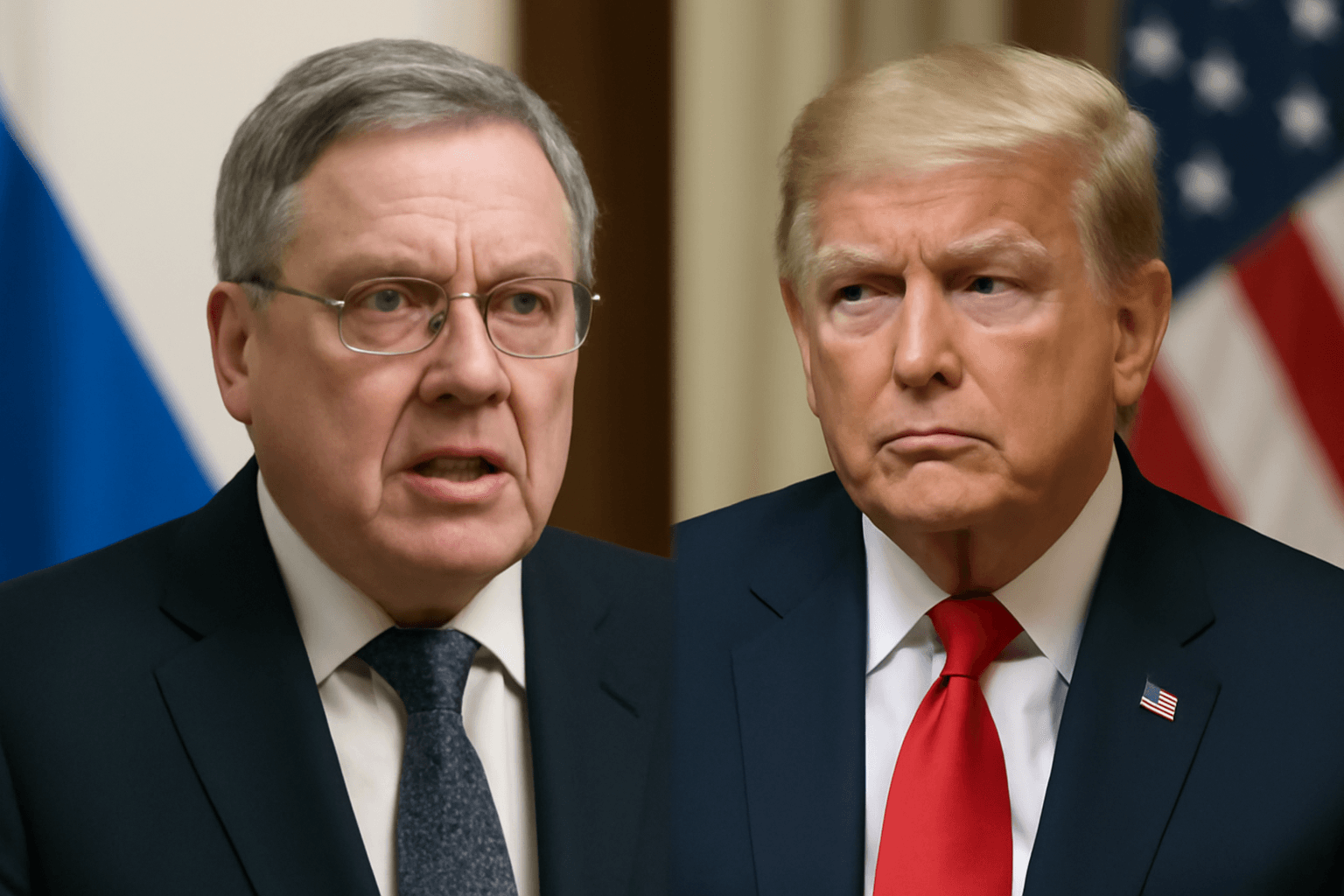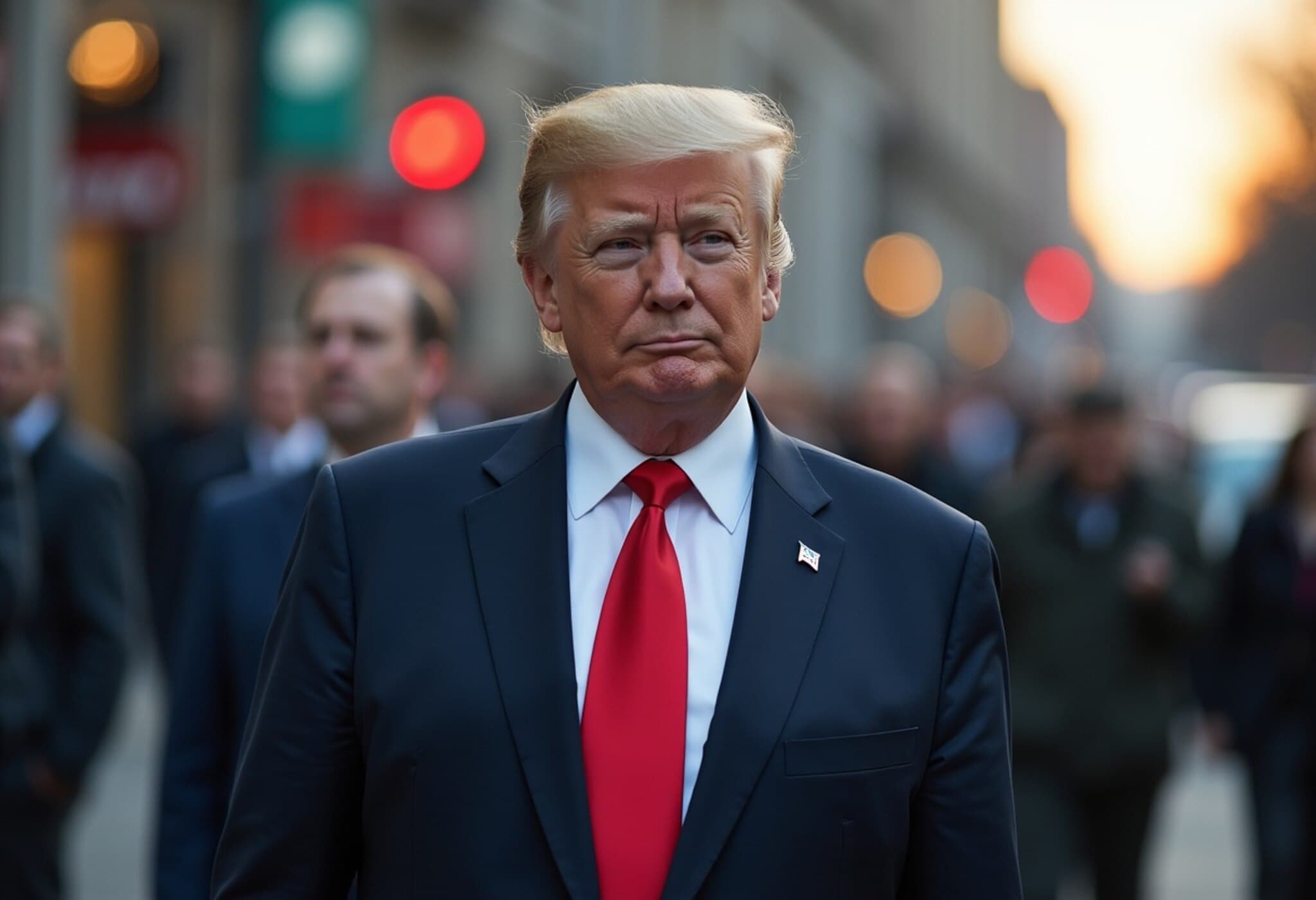US-Russia Alaska Summit: Trump Issues Stark Warning to Putin
As the highly anticipated US-Russia summit drew near on August 15, 2025, in Anchorage, Alaska, former President Donald Trump didn’t mince words regarding the ongoing conflict in Ukraine. Trump warned Russian President Vladimir Putin that he would face "very severe consequences" should he reject a ceasefire agreement, signaling a potentially pivotal moment in this protracted war.
Setting the Stage: An Unusual Diplomatic Encounter
Scheduled at The Joint Base Elmendorf-Richardson — a military installation with deep Cold War historical significance — the summit marks an effort to open dialogue amid escalating tensions. Trump’s latest public statements come shortly after his calls with Ukrainian President Volodymyr Zelenskyy and key European leaders, underlining the delicate balancing act ahead.
Trump’s Conditional Strategy and Multilateral Pressures
Trump described the upcoming meeting as a "test" to evaluate Putin’s willingness to agree to a temporary ceasefire, emphasizing that this initial interaction was not intended to yield immediate, sweeping deals. He conveyed a readiness to organize a follow-up summit including both President Putin and President Zelenskyy in hopes of fostering direct negotiations.
“If the first one goes OK, we’ll have a quick second one,” Trump told reporters, noting his desire for rapid progress if the initial talks gained traction.
Meanwhile, European leaders, anxious over being sidelined — as Zelenskyy was notably excluded from the summit — held a joint consultation with Trump and Vice President Kamala Harris. Their goal: to ensure the US stance remained firmly aligned with preserving Ukraine’s sovereignty and security.
Expert Perspective: The Stakes of Anchorage
From a geopolitical standpoint, this summit is heavily laden with symbolism and risk. Holding talks in Alaska’s military hub evokes echoes of the Cold War, reflecting ongoing tensions between the world's nuclear powers. Trump's public warnings underscore the US’s intention to exert pressure on Moscow, despite uncertain prospects for quick resolution.
Legal analysts note that any ceasefire deals lacking transparent multilateral oversight risk undermining international law principles and Ukraine's territorial integrity. Meanwhile, American policymakers watch carefully, conscious that premature concessions might provoke backlash both domestically and among NATO allies.
Underreported Nuance: What’s Missing from the Headlines?
- Ukraine’s Direct Role: Although Zelenskyy is excluded from the summit, his input remains crucial for any legitimate agreement. The sidelining of Kyiv raises questions about the viability and legitimacy of preliminary talks held behind closed doors.
- European Allies’ Concerns: The coordinated call between Trump, Harris, and European leaders reflects anxiety over potential American unilateralism. The unity of the Western bloc is a critical factor for sustaining sanctions and diplomatic pressure on Russia.
- Potential Domestic Political Implications: Trump’s assertive stance serves not only foreign policy aims but also domestic political narratives as the former president eyes future influence in international affairs.
Looking Ahead: What to Watch After the Summit
The coming days will reveal whether this summit can catalyze a meaningful shift in the Ukraine conflict or simply become another episode in a long diplomatic stalemate. Observers will focus on:
- Statements and policy directions emerging from the summit;
- Responses from Moscow and Kyiv;
- The extent of NATO and European Union alignment post-summit;
- Potential shifts in US domestic political dynamics surrounding foreign policy leadership.
Ultimately, the Alaska meeting represents more than a simple diplomatic encounter; it tests the limits of dialogue, power, and the international community’s resolve to end a devastating war.
Editor's Note
This summit highlights the complex interplay between diplomacy, national sovereignty, and geopolitical power. As world leaders engage behind closed doors, it is vital to scrutinize not just statements but the underlying intentions, inclusiveness of negotiations, and adherence to international law. Will this Alaska meeting be a turning point or another chapter in a protracted conflict? Readers should watch for transparency, multilateral engagement, and the real-world impact on those enduring war’s consequences.

